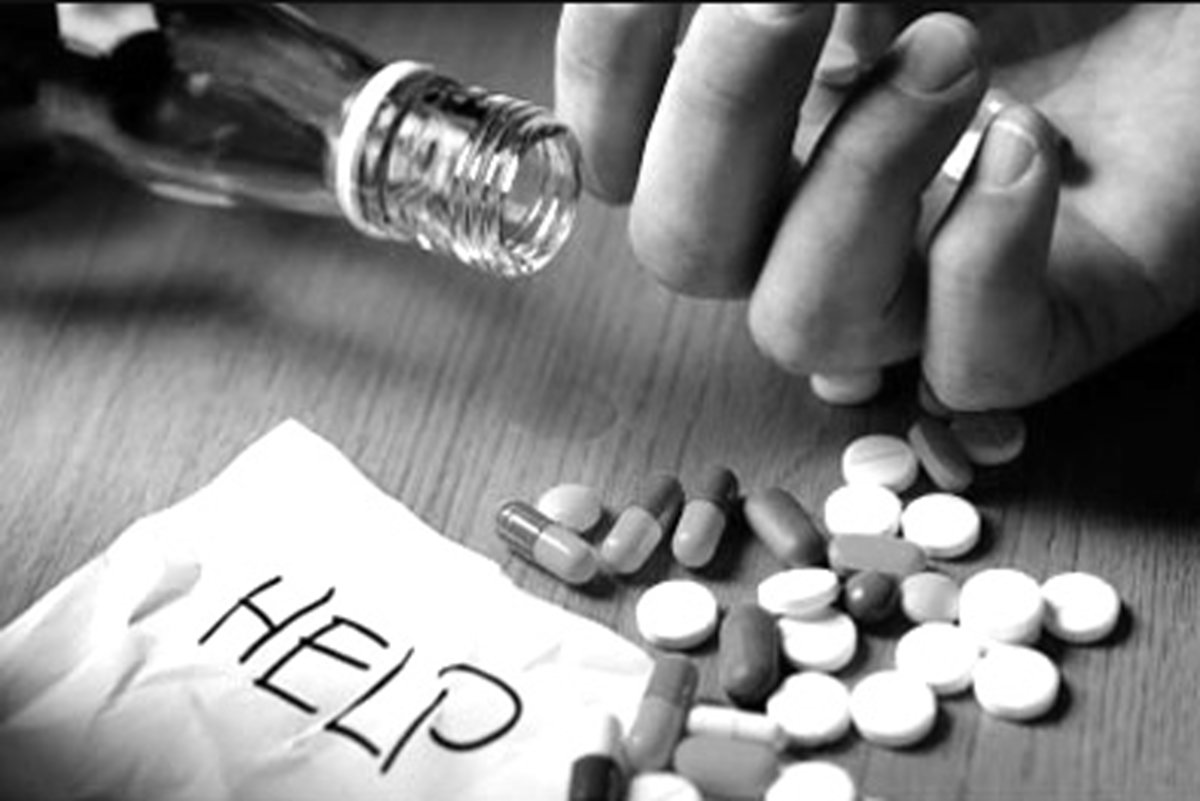Alcohol Consumption and Treatment Around the World

Alcohol consumption is part of the social fabric in much of the world. An evening at the pub in Ireland, wine with meals in France and Italy, warmed sake in Japan, a martini in an American bar, the Oktoberfest in Germany, and a cold lager in Australia—the images are woven into our cultures.
It’s easy to forget that millions of people lose their lives each year due to alcohol-related causes. Approximately half the world’s population consumes alcohol. For most people, it’s not a problem. But for far too many, it’s an obsession, an addiction and something that robs them of their health and even their lives.
Alcohol Contributes to the Deaths of 3 Million People Annually
Alcohol causes death through injuries including traffic accidents, falls, drowning and burns, cancers of various types, cardiovascular disease and cirrhosis of the liver. Far more men die from alcohol-related causes than women, and one in five men in the Russian Federation and adjacent countries die from these causes.
Worldwide 5.9% of all deaths result from harmful use of alcohol. In the age group 20 – 39 years approximately 25 % of the total deaths are alcohol-attributable.
The World Health Organization Reports on Alcohol Consumption Trends
The World Health Organization (WHO) reports on alcohol consumption around the world. You can find average statistics on general use across an entire population of a country or you can find the typical alcohol consumption statistic based just on the portion of a population that consumes alcohol.
Based on a per capita use over an entire population, the Republic of Moldova and the Czech Republic lead all other countries, with averages of 18.22 and 16.45 liters of pure alcohol consumed per person (15 years old and older) per year. But re-examine these statistics, looking just at people who drink alcohol and how much these people drink, and you get a startlingly different picture. In Bosnia and Herzegovina, the average consumption is 56 liters per drinker. This is the equivalent of 5 ounces of pure alcohol every day for every person who drinks.
Beyond Alcohol Mortality

While millions of people lose their lives due to alcohol, millions more lose quality of life. Child neglect, suicide, assaults and property crimes, domestic violence, workplace and school absenteeism, business failure and divorce rates are related to alcohol consumption around the world. Alcohol consumption is also related to risky sex, contributing to unwanted pregnancies, rapes, and sexually transmitted diseases including HIV/AIDS.
The Australian government reports that 32% of those receiving drug treatment in 2015–16 were primarily for alcohol, making it the most commonly treated drug in Australia. 26% of Australians aged 14 and over reported being a victim of an alcohol-related incident.
Alcohol even harms the unborn. Alcohol consumption by a pregnant woman can result in fetal alcohol syndrome (FAS), a complicated package of symptoms that can include learning disabilities, central nervous system disorders, physical deformation, perception impairment and even death.
Treatment Advice in America
The National Institutes of Health in the United States has advised the following components for someone in an alcohol treatment program:
- Counseling to help a person understand the problem and see the necessity to quit using alcohol
- Repairing damaged relationships with family and friends
- Starting new alcohol-free relationships
- Education about the effects of drugs and alcohol on health and lifestyles
- Life skills training in communication, stress management, social skills and goal setting, among others
- Drug and alcohol testing along the way to provide the additional discipline to stay with the program.
The Narconon drug and alcohol rehabilitation program, with centers across the United States and in dozens of other countries includes all these components and more. Experienced Narconon administrators have found that these elements of the Narconon program can result in improved outcomes:
- The Narconon New Life Detoxification: a thorough detox action that utilizes a dry-heat sauna, exercise and precisely controlled nutritional supplements to enable the body to flush out toxic residues of drugs and alcohol. These residues have been found to be involved in the triggering of cravings and many individuals have reported upon completion of the program a greatly reduced incidence of drug and alcohol cravings.
- Personal Values Course: a life skills course that helps each recovering addict discover where and how they have damaged their own survival through inadequate personal integrity. This course also contains the tools to help restore one’s integrity. Students can then leave the past behind and move forward into a positive future.
 ®
®